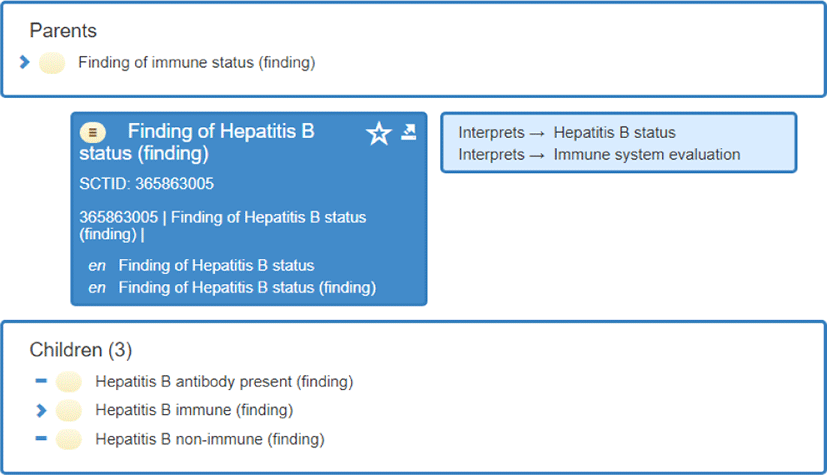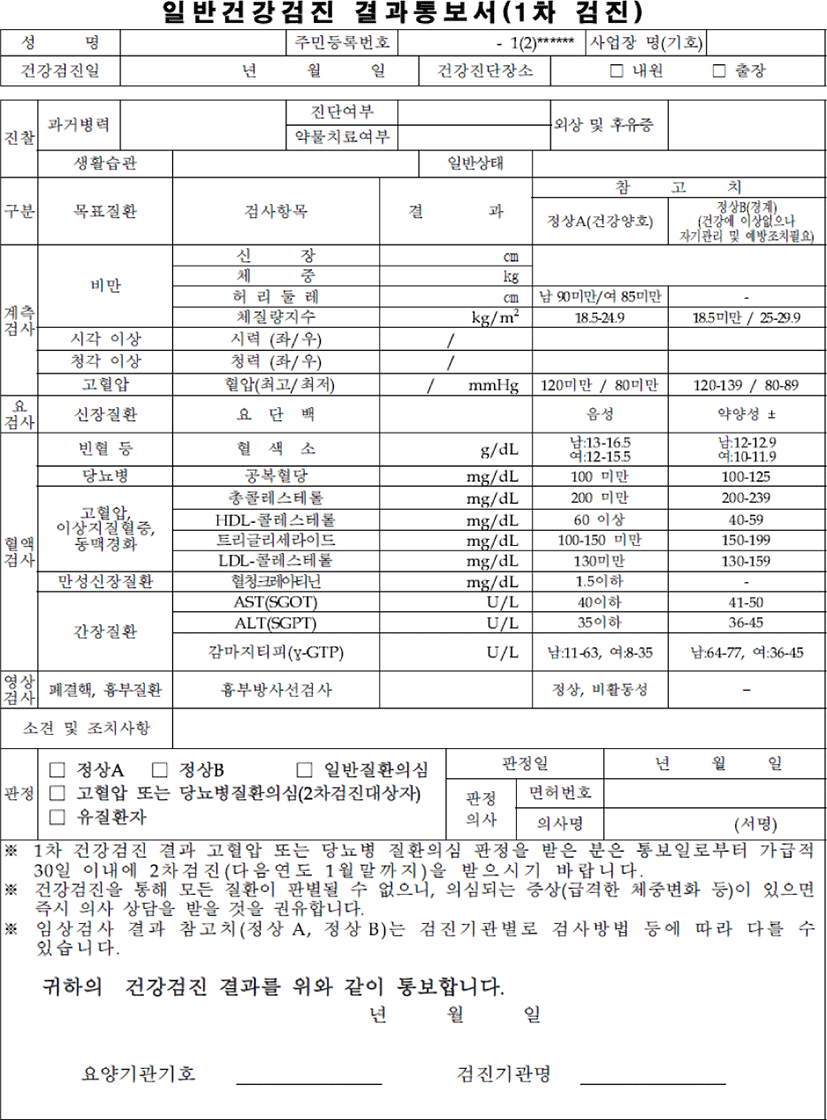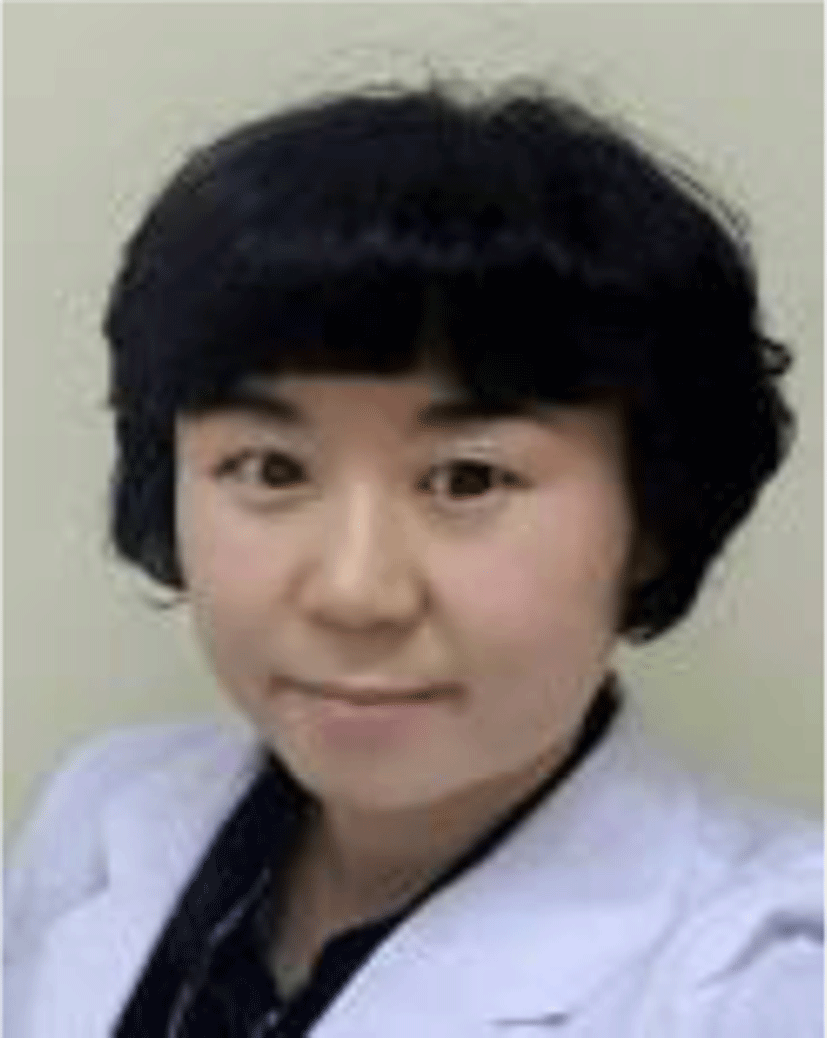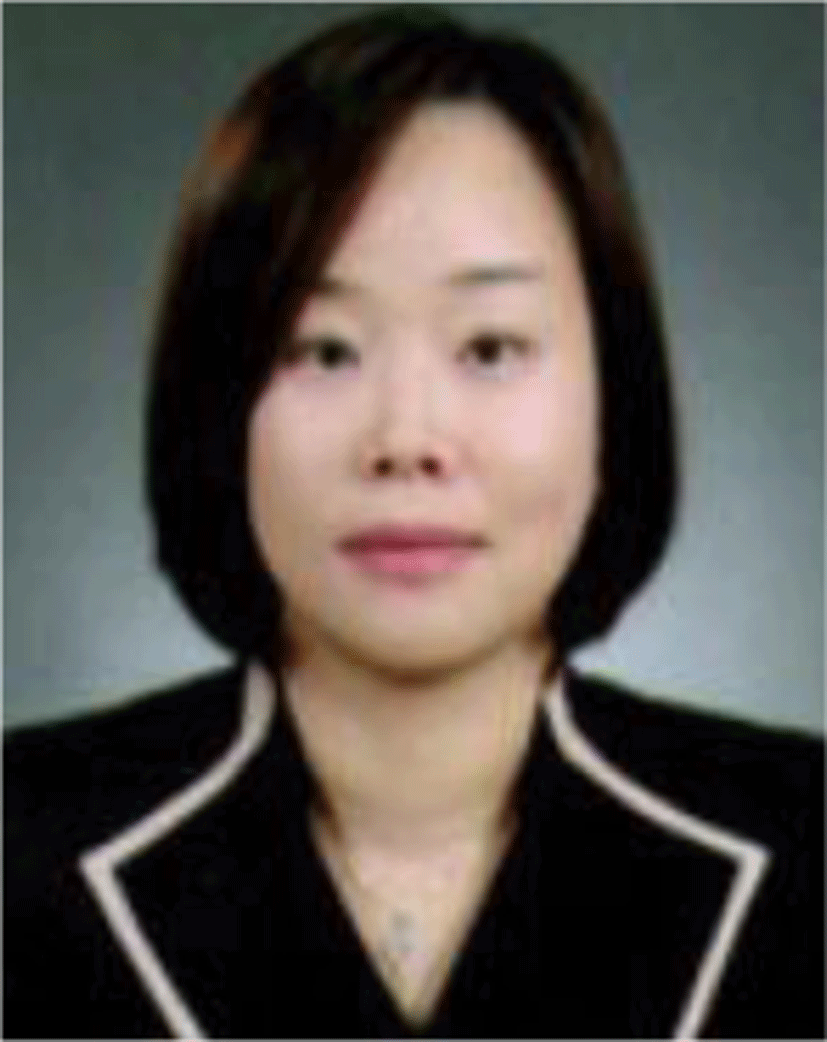I. INTRODUCTION
According to the analysis of industrial accident situation in 2017 [1] by the Ministry of Employment and Labor (MOEL), of the 993 deaths from occupational diseases, 354 died from cardiovascular diseases, of which 215 occurred at workplaces with less than 50 workers. Continuous health management and post-management can improve the cardiovascular health of the workers according to the data from medical check-ups. However, workers in vulnerable classes often cannot benefit from systematic industrial health services because workplaces with less than 50 workers are almost small [2, 3].
Heart, cerebrovascular, and hypertensive diseases are the second, third, and ninth most deadly diseases in the Republic of Korea [4]. The medical expenses for cardiovascular diseases are $ 6.9 billion [5], this is higher than $ 4.7 billion for cancer that is the first cause of death, and the burden of diseases in Korea is large. Mortality from cardiovascular disease has been rising continuously for the last 10 years [6] and this requires effective management. In particular, workers are being drawn to more risk due to stress caused by heavy work and incorrect lifestyles such as lack of exercise and frequent drinking compared to the general public [7]. Efficient prevention and management are essential because cardiovascular disease not only harms the worker’s health but also increased medical expenses [8] and adds to the social burden caused by decreased corporate productivity [9].
Interest in personal health management is increasing as aging, and chronic diseases are growing [10]. Recently, active services focused on prevention and health promotion are needed [11] to record life logs such as exercise, food and sleep through various wearable devices [12-14] and measure blood pressure, blood sugar, and weight through personal health devices [15]. Personal Health Record (PHR) means an electronic tool that can securely access, manage and share one’s health information [16], which is generally managed by the patient [17]. Patients can easily check the medical records provided at the hospital, information on prescribed medicines and test results, etc. through PHR, and manage exercise and diet information related to health promotion together [18]. In particular, patients can use PHR to reduce additional medical expenses and disease management, treatment and prevention activities can be further strengthened as cooperation is improved through communication between medical personnel [19, 20].
However, despite the high interest and expected effect on PHR, it is very difficult to provide services successfully [21]. Typically, Google Health, released in 2008, suspended the service in 2011 because it did not trigger user participation [22], Microsoft also announced that HealthVault will end its service in November 2019. Meanwhile, Apple’s HealthRecord offers large-scale services that can be linked with more than 200 medical institutions as of February 2019. These services are offered free of charge, but the technology acceptance of user about PHR is low, which is an issue to be dealt with first [23].
The PHR platform can store and manage medical records and must address the challenge of using international standard terminology systems to provide an international standard-based medical document management service. Research on the use of identical codes between medical institutions is important to accurately interpret personal health records.
This study aims to develop a foundation for the management of international standard-based medical documents by mapping the diagnosis items of a general health examination, special health examination, life logs, health data, and life habits with the international standard terminology systems for worker-tailored healthcare service.
II. SELECTION OF THE APPROPRIATE STANDARD TERMINOLOGY FOR TARGET TERMINOLOGY
The PHR service for workers has a total of 184 target terms, including 41 for the general health examination, 124 for the special health examination, and 19 for life logs, health data, and life habits.
The 184 target terms include diagnosis items and results. A Laboratory Medicine specialist and Medical Information Ph.D. holder, who had studied and mapped the standard terminology for over 10 years, participated in the mapping of target terminology to standard terminologies. They selected LOINC and SNOMED CT as standard terminologies. Cross-validation was performed twice until the final mapping results were derived.
The current status of international standards for health records consists of four categories in total, which are being actively studied (Table 1). We are working on the Group 1 category of the most fundamental structure. The results of Group 1 are included as part of the coding system within Group 3's data structure.
III. LOINC AND SNOMED
In July 2013, Regenstrief LOINC and SNOMED International (then known as The International Health Terminology Standards Development Organisation, IHTSDO) signed an agreement to begin the cooperative work.
LOINC and SNOMED International have formed a long-term collaborative relationship with the objective of developing coded content to support order entry and result reporting. The two organizations are building closer links between the SNOMED CT and LOINC terminologies, reducing duplication of effort, and making electronic health records more effective at improving health care. By aligning how the two terminologies represent the attributes of laboratory tests and some types of clinical measurements, this collaboration will provide users a common framework within which to use LOINC and SNOMED CT [25].
The LOINC version 2.65 was used, which had a total of 89,271 terms and was revised on December 14, 2018.
A Web browser was used to obtain the data files from https://loinc.org/ and https://search.loinc.org/searchLOINC/search.zul. For the SNOMED, data of the January 31, 2019 revision were used, and the mapping was performed using an international browser.
IV. RESULTS
It is practical to map diagnosis items with the LOINC terminology because LOINC is a standard terminology system established to describe diagnosis items. SNOMED is suitable to describe the content of corresponding diagnosis items. For example, SNOMED is useful when there are text descriptions of medical opinion and disease history.
Fig. 2 shows a process of mapping using SNOMED for a hepatitis B diagnosis result, where it must be ascertained whether the hierarchy of parents and children is accurate. The hepatitis B diagnosis item shows the immune status, and the standard code is “365863005” as an item having three diagnosis result items.

As shown in Fig. 2, a target term may match with one term of SNOMED or LOINC, but in some cases, they may need to be expressed together (the two terminologies are used). For example, the item for job history can be mapped since it matched with the 11340-7 of LOINC and 394704008 of SNOMED, but when detailed information for the job history needs to be mapped for a computer engineer, as an example, mapping with the LOINC is impossible; therefore, the SNOMED must be used. Figure 2 shows an example of LOINC mapping for the visual anomalies in general health examination, figure 3 shows a LOINC mapping example of LOINC mapping for the white blood cell differential count of hematopoietic type in special health examination.
Table 4 shows the mapping results for the target terminology. The diagnosis items of a general health examination, special examination, life logs, health data, and life habits were mapped with the international standard terminology systems for the worker-tailored healthcare service, and the results showed that a total of 95.6% items were mapped with the standard terminologies: 78.8% with LOINC, 10.3% with SNOMED, and 6.5% using both.
V. CONCLUSION
For the development of a PHR platform-based worker-tailored healthcare service, a total of 184 terms of PHR were mapped with the terminologies of LOINC and SNOMED, and the results showed a high mapping rate of 95.6%. Ten terms were not mapped, which were cases that required specificity because the terms were ambiguous. Nevertheless, it will be possible to map them if the actual cases of workers are investigated.
Based on the mapping results, if data are transmitted using protocols such as HL7 FHIR, CDA, and CCD for medical document exchange in the future, they will be encoded as values of the medical document for transmission. Hence, they will be actively used by different medical institutions for medical treatment of workers without any error.












